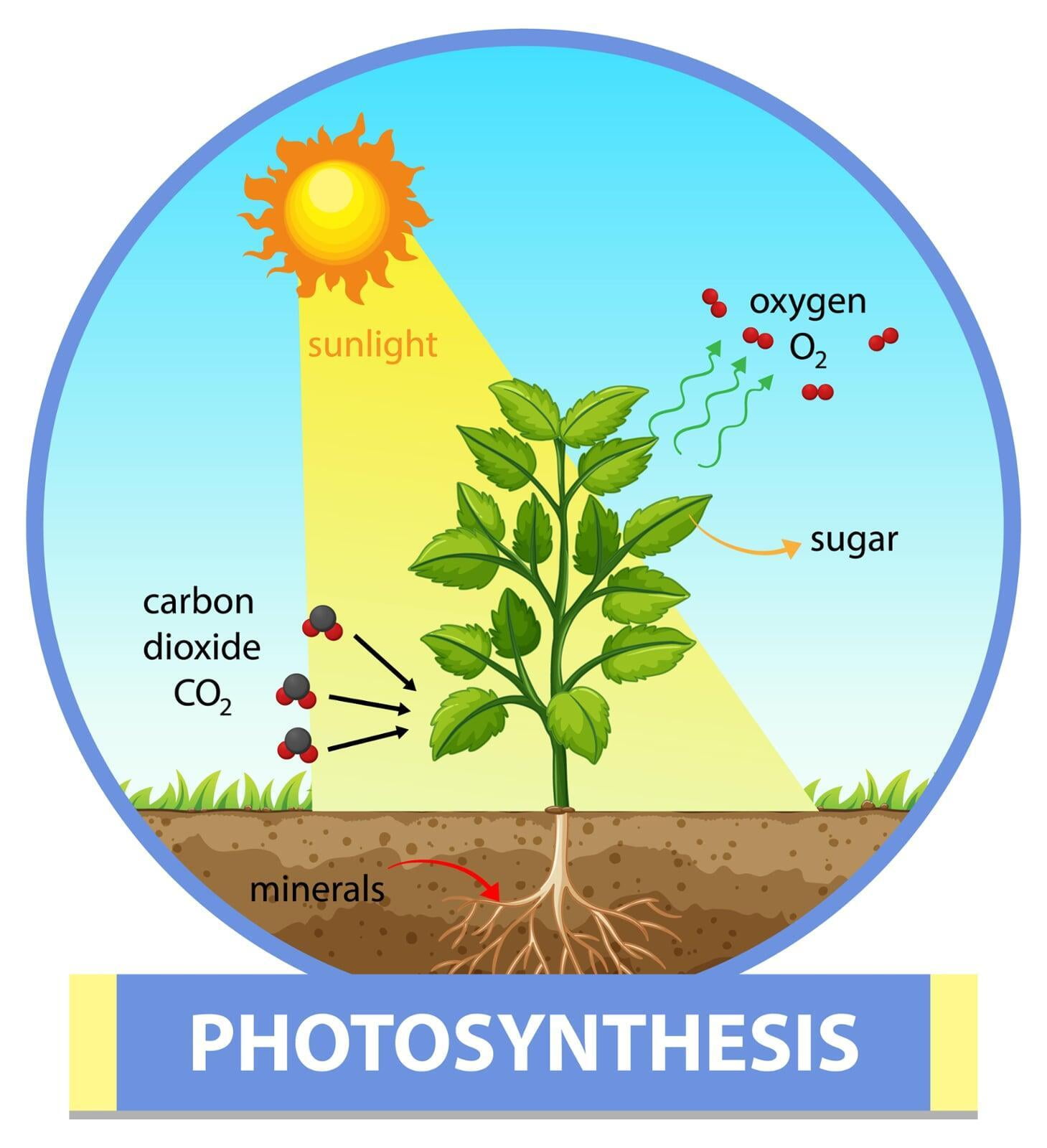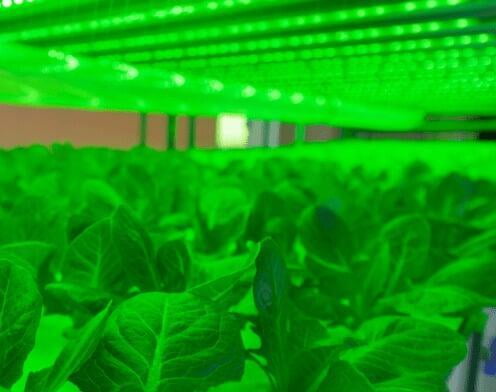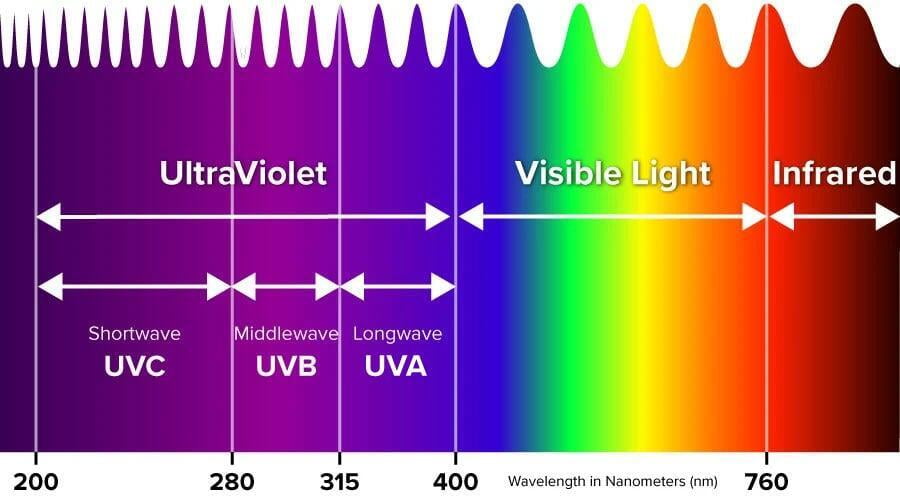Why do plants need light?
In this blog post, we will explore the impact of different color wavelengths in plants.
Red Light
Red light has the longest wavelength in the visible spectrum and is the most efficient at promoting plant growth. Red light stimulates the production of chlorophyll, which is essential for photosynthesis. Red light also stimulates the growth of stems and leaves, and it is used by plants to detect the presence of other plants, which can signal competition for resources. Red light spectrum also helps in budding, & flowering.
Blue Light
Green Light
Green light has a wavelength that is between red and blue light, and it is the least effective at promoting plant growth. Chlorophyll does not absorb green light well, and most of it is reflected. However, some green light is absorbed by other pigments in the plant, such as carotenoids, which are responsible for the orange and yellow colors in plants.
White Light
White light contains all the colors of the visible spectrum, and it is essential for plant growth and development. White light provides the full spectrum of light that plants need to carry out photosynthesis, and it is essential for the production of glucose and oxygen. Plants need a balance of red, blue, and green light to grow and develop properly.
Ultraviolet Light
Ultraviolet light has a wavelength that is shorter than visible light and is harmful to plants in high doses. However, small amounts of UV light can be beneficial to plants, as it can stimulate the production of certain pigments and increase the plant's resistance to pests and diseases.

Infrared Light
In conclusion, the impact of different colour wavelengths on plants is significant, as it affects their growth and development. When plants are grown under sunlight, they can selectively absorb the few wavelengths they require from the sun's spectrum. But when you are replacing sunlight with artificial light, it will be ideal to only provide the specific wavelengths that are required by plants. This will result in higher yields and lower electricity expenses in the long run.






